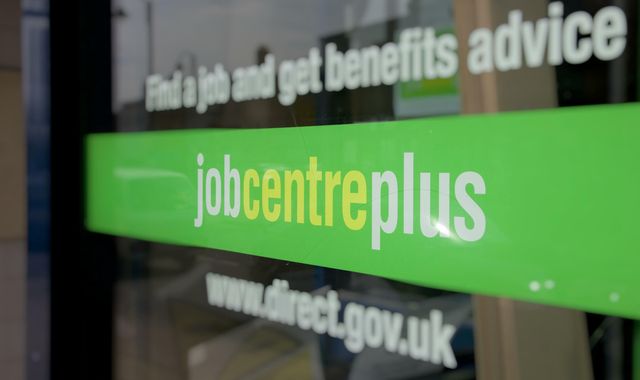UK Economy Contracts Sharply in April, ONS Data Shows

The UK economy experienced a significant and unexpected contraction of 0.3% in April, a steeper decline than the 0.1% fall economists had predicted and the largest monthly drop since October 2023. This downturn was attributed to a combination of factors, including the adverse effects of new U.S. tariffs on British exports, the conclusion of a tax break on property sales, increased taxes for businesses, and rising household bills.
A primary driver for the contraction was the imposition of tariffs by U.S. President Donald Trump, which led to a dramatic plunge in UK goods exports to the United States. April saw the largest monthly fall on record for these exports, with a decrease of £2.0 billion ($2.7 billion), according to the Office for National Statistics. The impact was felt across most types of goods, and car manufacturers specifically reported lower output and reduced exports to both the United States and the European Union.
On the domestic front, the end of a temporary tax break on house purchases significantly impacted the services sector. The resulting fall in real estate and legal activity alone contributed 0.2 percentage points to the overall 0.3% decline in economic output. Simultaneously, businesses faced higher employers' National Insurance contributions, while households grappled with increased costs for water, energy, and council tax.
Chancellor Rachel Reeves described April as a "challenging month," acknowledging the "lot of uncertainty" faced by businesses due to the U.S. tariffs. In response, the UK government has reportedly reached an agreement with the U.S. concerning tariffs on some specific goods and has also been pursuing trade agreements with the European Union and India. Despite these efforts, a 10% import tax implemented by the U.S. continues to apply to most UK goods entering the American market.
This April downturn contrasts with earlier economic performance. The UK economy had grown by 0.7% in the three months leading up to April and also registered a 0.7% expansion in the first quarter of 2025, a rate that outstripped growth in other Group of Seven (G7) advanced economies. Reflecting this earlier strength, the Bank of England (BoE) had revised its full-year growth forecast for 2025 upwards to 1%. However, it subsequently revised its 2026 growth forecast downwards to 1.25% and projected that the U.S. tariffs could reduce British output by 0.3% over a three-year period.
The current economic data presents a complex challenge for Bank of England policymakers. They are contending with the competing pressures of persistent inflation and a relatively sluggish economy, leading to expectations that interest rates will be held at their current levels. Business surveys offer a mixed outlook; while some suggest a return to tepid growth, many British firms have reportedly slowed their hiring and investment plans, partly due to significant increases in labour costs announced by Chancellor Reeves in October of the previous year.
The UK government maintains that growing the economy to boost living standards is its main priority. Chancellor Reeves has outlined spending plans aimed at fostering growth, which include increased funding for the National Health Service (NHS) and defence, though these are accompanied by budget squeezes in other areas. The news of April's sharp economic contraction prompted a quarter of a cent fall in the value of sterling against the U.S. dollar.










